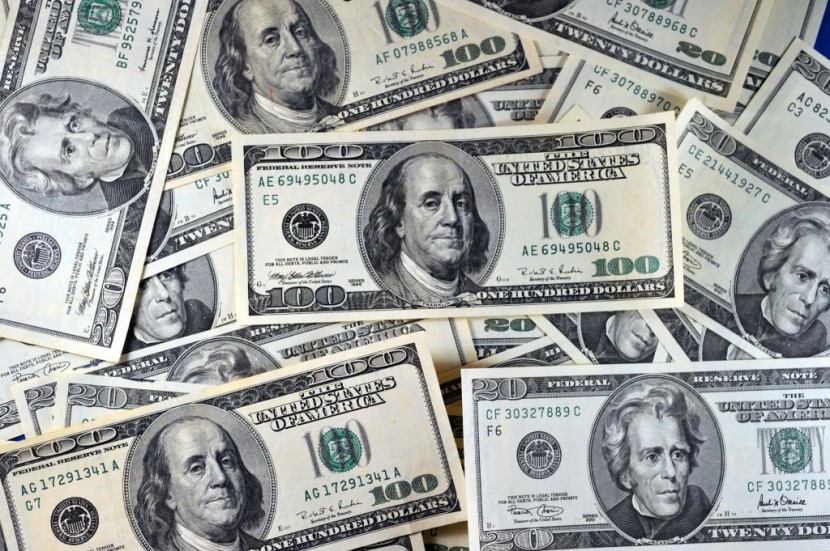
President Biden said on Wednesday that he would eliminate $10,000 of federal student loan debt for borrowers earning less than $125,000 per year, as well as up to $20,000 for Pell Grant recipients, while also extending the moratorium on federal student loan payments through the end of the year.
After years of growth, the nation's federal student debt now exceeds $1.6 trillion. According to the most recent government figures, more than 43 million Americans have federal student debt, with about a third owing less than $10,000 and more than half owing less than $20,000.
Biden Cancels as Much as $20,000 in Student Loan Debt
President Joe Biden stated that his government would eliminate student loan debt up to $20,000 for Pell Grant recipients and $10,000 for those who did not obtain Pell Grants. He stated that the pardon applies solely to people earning less than $125,000. Biden also stated that undergraduate student loan holders might limit payments to 5% of their monthly salary, according to Fox News.
Officials at the White House said they couldn't place a price tag on the debt forgiveness program because they don't know how many qualified borrowers will request for assistance. "Realistically, we won't get to 100%. But the issue is, how much short of 100% will we fall? " remarked Bharat Ramamurti, the National Economic Council's deputy director.
Furthermore, the amount of money the government anticipates collecting on outstanding debt in the future varies depending on economic conditions and other variables. If a borrower was never going to return the $10,000 that is now forgiven, Ramamurti says, "it's not acceptable to claim that the cost of that is $10,000, since we were never really going to collect anywhere close to $10,000 from it."
Biden, while outlining the White House's proposal to cancel student loan debt, stated that the moratorium on student loan payments will be extended one more time until December 31. President Joe Biden revealed three important components of his student loan relief proposal on Wednesday: extending the student loan moratorium until December 31, canceling $20,000 in debt for Pell Grant winners and $10,000 for other students, and changing the student loan system itself.
According to the Education Department, almost 90% of people receiving assistance and not enrolled in school earn less than $75,000 per year. 21% of eligible borrowers are 25 or younger, with over half falling between the ages of 26 and 39. Moreover, one-third are over the age of 40, with 5% being seniors, USA Today reported.
Read Also : Biden Expected To Announce New $3 Billion Military Aid For Ukraine, Including Training of Personnel
Expert Worry on the Effects of the Proposal
An estimate from the National Taxpayers Union Foundation argues that the proposal will also wind up costing every taxpayer $2,085.59 - even those who did not benefit from the forgiveness. According to a Penn Wharton Budget Model analysis, erasing student loan debt might cost between $300 and $980 billion over ten years. It also states that the majority of the relief will go to debtors in the top 60% of income earners.
In a background call on the move, the White House stressed that no one in the top 5% of income in the United States would obtain student loan forgiveness. President Joe Biden says that the Inflation Reduction Act, among other Democratic policies, would help decrease expenses elsewhere so that ambitious promises like the payback idea could be funded.
Up to 42 million individuals would now receive some form of loan forgiveness, and Biden stated that another $20 million debtors earning less than $75,000 might have their debt fully erased. Biden said the fifth and final ban extension would extend through the end of 2022.
The fourth extension expires on August 31, leaving debtors on the edge of their seats as they awaited the destiny of their government commitments, as per Daily News.
Related Article : Joe Biden Set To Reveal Plan To Cancel $10,000 Student Loan Debt of Americans Earning Less Than $125,000
© 2026 HNGN, All rights reserved. Do not reproduce without permission.








